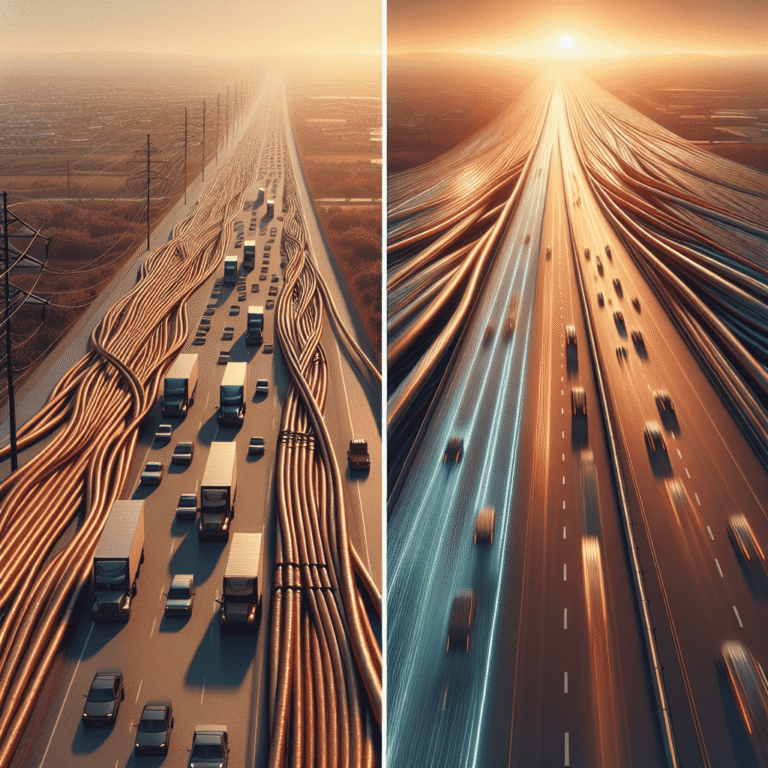TDK has announced a significant technological breakthrough aimed at overcoming one of the most pressing challenges in generative Artificial Intelligence — the bottleneck in data transfer speeds between components. A senior TDK executive highlighted that the fundamental limitation for scaling Artificial Intelligence is no longer just GPU computation, but the rate at which massive volumes of data can move between system components during training and inference.
This new optical technology from TDK is designed to dramatically increase internal data transmission speeds in Artificial Intelligence hardware. Unlike traditional electronic interconnects that rely on copper, which face resistance and heat dissipation challenges at high bandwidths, optical data transfer leverages light-based communication to achieve far higher throughput at lower power and with less signal loss. The advancement could enable future Artificial Intelligence chips and servers to process and share information at unprecedented rates, a critical capability for large-scale generative models that depend on rapid, parallel data movement.
Industry experts see TDK´s innovation as especially timely, given the explosive growth in generative Artificial Intelligence workloads and the relentless demand for more capable infrastructure. By mitigating the data transfer bottleneck, TDK´s optical approach could accelerate model training, lower total cost of infrastructure ownership, and redefine the technology stack for data centers powering next-generation Artificial Intelligence applications. The breakthrough is expected to attract interest from semiconductor manufacturers, hyperscale cloud providers, and businesses seeking scalable Artificial Intelligence solutions.

